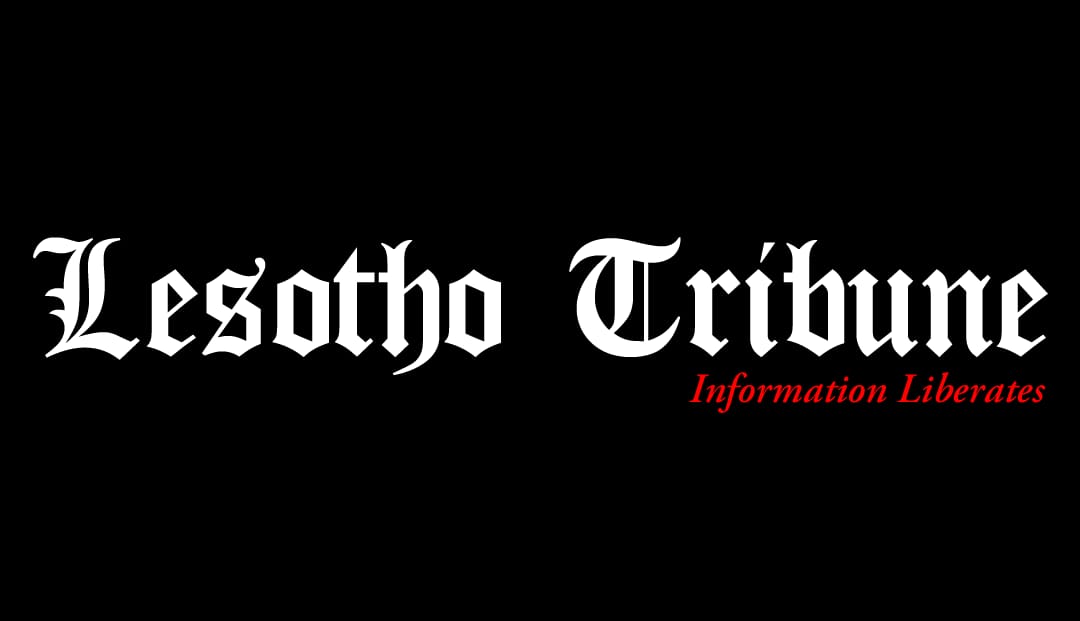In a June 16 publication, the Lesotho Tribune reported that the Managing Director of the Lesotho Electricity Company (LEC), Mr. Mohlomi Seitlheko, called for an emergency meeting on June 14 with LEC staff. The meeting followed his previous commitment to ensure that employees’ bonuses for the 2023-2024 financial year would be paid in June. This occurred amid LEC’s ongoing requests for government assistance—specifically, from the Ministry of Finance & Development Planning—to pay over M340 million to Eskom for bulk power supply. The funds were essential to address the shortfall anticipated during the maintenance of the Muela Hydropower station, scheduled from October to March 2025.
At several meetings with the government, senior management at LEC admitted that the company was grappling with M703 million in debt, which they attributed to being forced by the regulator, the Lesotho Electricity and Water Authority (LEWA), to charge tariffs below the cost of imported power from Eskom and Mozambique’s Electricidade de Moçambique (EDM).
Addressing recent concerns, Lesotho Tribune sought clarity on various issues plaguing LEC, especially the unannounced power outages and financial difficulties. The company was asked to explain the reasons behind these outages, including the prolonged blackout on September 19, 2024, and to confirm whether load shedding was being implemented.
LEC’s Tsepang Ledia clarified, “The recent unannounced outages, including the September 19 event, were due to faults on Eskom’s side, beyond LEC’s control. Typically, unplanned outages are caused by external factors such as wildfires, vandalism, or extreme weather conditions. Currently, no load shedding is being implemented.”
Addressing its massive debts, Ledia stated that it was “actively addressing the outstanding debts through partial payments and ongoing discussions with Eskom and EDM.” The company emphasized the strong, long-term relationships with these suppliers, adding, “Electricity supply from these partners remains secure, even during the Muela Hydropower station shutdown.”
Lesotho Tribune has however learned this week that Eskom refused the over M300 guarantee issued by government of lesotho in order to deal with arrears of over M700 million. The principal secretary at the ministry of finance and development planning did not answer our questions until publication of this article.
Ledia also responded to questions regarding communication lapses, particularly around unannounced power disruptions. The company assured, “There are no current plans to implement load shedding. Should the need arise, we will communicate schedules in advance, as has been our practice. We are committed to improving communication around both planned and unplanned outages.”
As for the backlog of new household connections, LEC noted that it had resumed connections based on the order in which payments were made. Furthermore, Ledia reassured consumers that electricity supply would remain stable during the Muela shutdown, citing its successful management of a similar shutdown in 2009. The company has secured alternative power supply agreements with Eskom, EDM, and the Southern African Power Pool (SAPP) to prevent disruptions during this period.
Credible sources from the LEC, leaked the proposed load shedding schedule (see below) with Lesotho Tribune on Tuesday 2 October 2024. Our sources confirmed that the proposal was meant to ease pressure on the grid which has consistently dripped in the past three weeks.
LEC came out labelling the schedule as “fake” and assuring the nation that there will be no load shedding.
When quizzed about why LEC would come out and label the load shedding schedule as fake our source said, “Basotho now know what type of leadership LEC is under…management know very well that the public should’ve long been made aware that there’ll be load shedding…and that document they call fake, was created on their [LEC management] instruction. There are guidelines LEC has to follow as prescribed by LEWA when shedding the load to manage the demand and as it stands they’re doing it illegally.”
“In the absence of enough bulk power supply we risk collapsing the grid, which will bring catastrophe in this country. LEC didn’t prepare well and they should be proactive…if we don’t shed the load, especially in the evenings then these unannounced power cuts will continue and in the process collapse the national grid…then they’ll say load shedding is ‘caused’ by collapse of grid,” our source concluded.
The Lesotho Tribune also reached out to LEWA to better understand the regulatory measures in place concerning LEC’s transparency and its ability to meet consumer needs. Teboho Senthebane on behalf of LEWA confirmed that it has developed regulatory tools such as Quality of Service and Supply Standards (QoSSS) and Electricity Supply Regulations, which set minimum standards for service levels, including the restoration of outages.
According to Senthebane, “LEC is required to comply with these standards and report major unplanned outages to the Authority. We monitor their compliance closely.” On the rumors of illegal load shedding, Senthebane stated, “There is no ongoing load shedding based on the information available to us. The recent unplanned outages reported by LEC were beyond its control.”
Regarding the prolonged outages, particularly those lasting over 24 hours, LEWA acknowledged that LEC had been communicating outages through national platforms like television, radio, and social media, but committed to engaging LEC further to improve transparency in line with its Strategic Plan 2024/25-2028/29.
This response from LEWA seems to be out of tune with reality because on September 19 LEC took more than 12 hours to announce why there was a blackout.
As for concerns about LEC’s debts to Eskom and EDM, LEWA assured consumers that the continuity of electricity supply would not be compromised. The regulator explained, “In the Multi-Year Tariff (MYT) Determination for 2023/24-2025/26, LEWA allowed LEC adequate revenue to cover bulk supply costs from all sources, including Eskom and EDM. This allowance includes under-recovery from 2023/24.”Should LEC’s actual bulk supply costs exceed the allowed revenue by more than 2%, the company is permitted to apply for a tariff adjustment, ensuring that supply remains uninterrupted.
LEC is facing significant financial and operational challenges, the company has committed to securing alternative power sources during the Muela shutdown and improving communication with its consumers.





